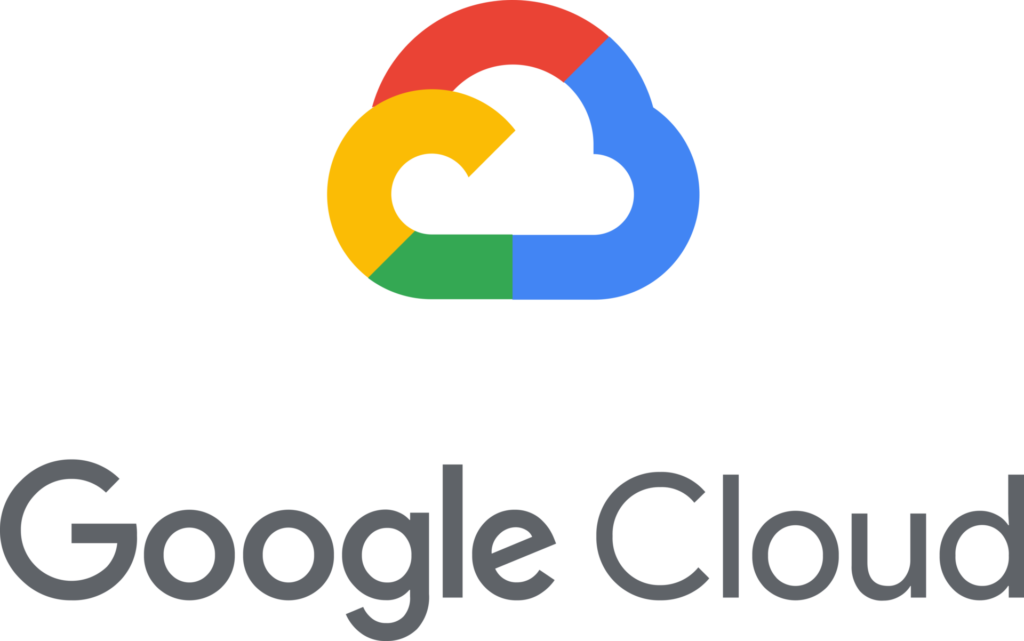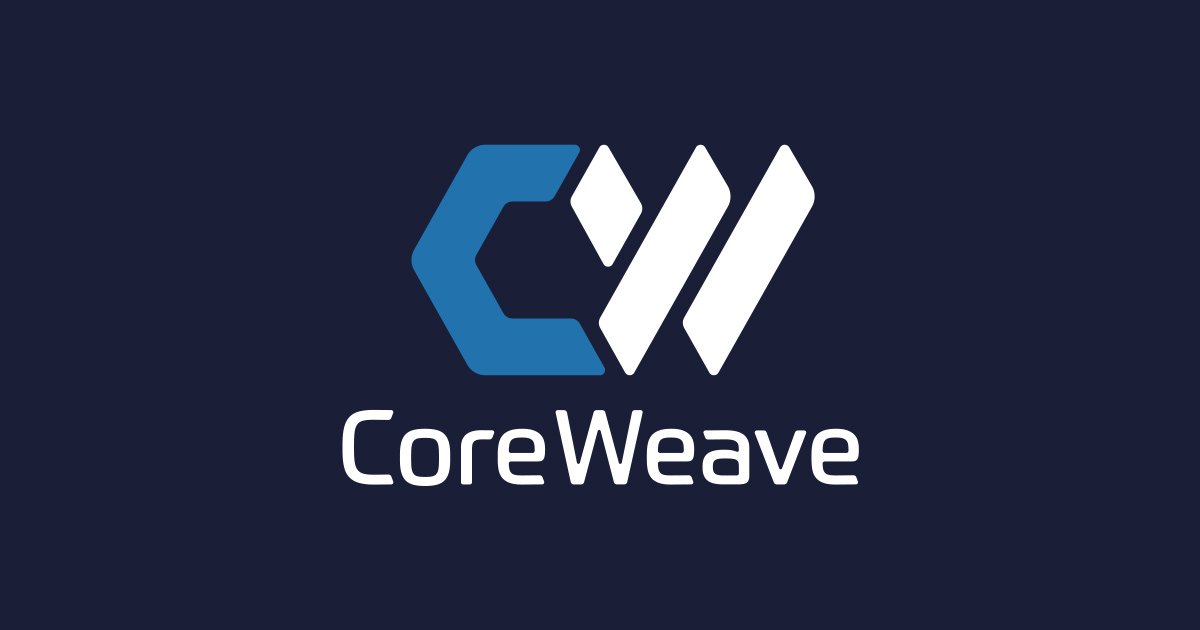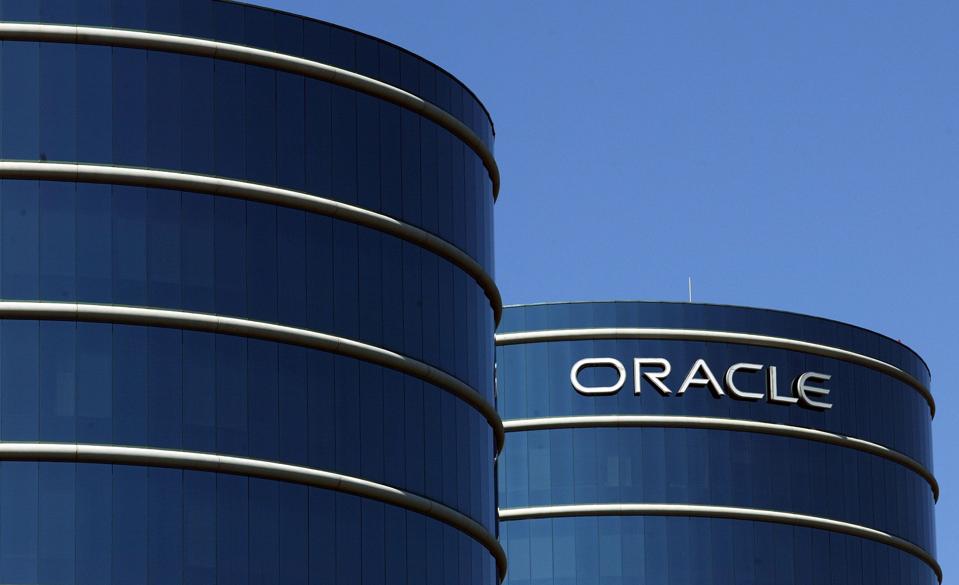Google introduced its Vertex AI machine learning (ML) platform in 2021 to allow its customers to manage the entire ML lifecycle, from model development to deployment. Vertex AI combines data engineering, data science, and ML engineering workflows, enabling teams to collaborate using a common toolset and scale your application.
Last week at Google’s Google Cloud Next event, the company introduced several new features that increase its usefulness for organizations looking to deploy generative AI. Let’s look at what was announced.
News: New Language Models
The Vertex AI Model Garden is the starting point for users embarking on their generative AI journey, granting access to a diverse array of curated large language models. Developers and data scientists can navigate the Model Garden to cherry-pick models tailored to their specific use cases, considering such attributes as capability, size, and customization potential. This ensures they gain access to robust models and have the flexibility to fine-tune and deploy models at scale as needed
Google expanded the Model Garden with several new language models. Vertex AI now supports Meta’s Llama 2 and Code Llama and Falcon LLM from the Technology Innovation Institute. Additionally, Google pre-announced the availability of Antropic’s Claude 2 model. This enriches the array of available models, encompassing options from first-party, open-source, and third-party sources.
The expanded variety within the Model Garden allows enterprises to align model choices with their requirements. For users seeking transparency into a model’s weights and artifacts, particularly for compliance and auditing purposes, open-source options like Llama 2 and Falcon are great choices.
Google has also streamlined the tuning process for these models. Google is the only cloud provider supporting Llama 2 with adapter tuning and Reinforcement Learning with Human Feedback (RLHF). This empowers organizations to fine-tune Llama 2 using proprietary enterprise data while maintaining complete control and ownership of their data. Users can leverage this tuning capability within Google’s new Colab Enterprise, a fully managed data science notebook environment. It’s a robust set of capabilities.
News: Foundation Model Upgrades
Despite embracing new third-party models, Google continues to invest and evolve its own first-party foundation models. At its Google Cloud Next event, the company announced significant updates to three of these models.
PaLM 2 LLM
PaLM 2 is Google’s internally created large language model. PaLM 2 excels in intricate reasoning tasks, encompassing coding, mathematics, classification, question answering, translation, multilingual capabilities, and natural language generation. Google tells us that PaLM 2 surpasses earlier state-of-the-art LLMs, including PaLM, in these tasks due to its unique architecture, which combines compute-efficient scaling, an enhanced dataset mixture, and architecture enhancements.
Google announced that PaLM 2 is now available in 38 languages. The latest version also supports 32,000-token context windows, facilitating the analysis of extensive documents within a prompt. The language model can also be tuned with a customer’s data or private corpus for more contextually accurate responses.
Codey
Built on PaLM 2 and supporting more than 20 programming languages, Codey is Google’s suite of foundation models for code generation. Codey facilitates such tasks as code completion, code generation, and even code chat, where developers can ask the model for help for many development-related tasks. Google announced updates to Codey, which yields up to a 25% improvement in the quality for major supported languages and code chat.
Imagen
Imagen is Google’s suite of image generation and editing models, developed through Google’s innovations in large Transformer language models and diffusion models. The Imagen models are integrated into various Google offerings, including Google Slides for image generation, Cloud Vertex AI, and Android’s Generative AI wallpaper.
Imagen’s standout feature is its proficiency in text-to-image conversion, achieving a remarkable degree of photorealism. The Imagen family is comprised of multiple diffusion models that follow a progressive approach, initially generating a compact image and progressively enhancing its resolution. The core concept behind diffusion models lies in their ability to craft structured images from seemingly random noise, all while considering the provided text prompts.
Google announced enhancements to Imagen. The suite now has improved visual quality, image editing capabilities, captioning, and visual question-and-answer features. Google also announced a new experimental digital watermarking feature.
Vertex AI Extensions
Google Cloud recognizes the limitations of foundational models, which can become outdated over time. To address this, Google introduced Vertex AI Extensions, offering fully managed developer tools for connecting models to APIs in real-time. The new Vertex AI Extensions provide developer tools that allow models to access real-time data and perform real-world actions.
Developers can either utilize pre-built extensions for widely used enterprise APIs or create custom extensions for private and public APIs. These extensions empower the development of advanced generative AI applications such as digital assistants, search engines, and automated workflows.
Google Cloud will also offer pre-built extensions for its Cloud services like BigQuery and AlloyDB and integration options for database partners such as DataStax, MongoDB, and Redis. Developers can also leverage LangChain for integration, authenticate with private and public APIs, and ensure application security using Google Cloud’s comprehensive enterprise security, privacy, and compliance controls.
Analysis
While generative AI promises to be transformational, leveraging its potential remains a complicated and often expensive process. Taking advantage of the public cloud goes a long way toward taming the cost and complexity of the infrastructure. Challenges remain, however, in developing and deploying the models that underpin the usefulness of the technology.
Google shares its AI expertise with its Vertex AI platform, and as the recent set of announcements demonstrates, the company continues to evolve its capabilities. Vertex AI and its foundational models allow enterprises of all sizes to hit the ground running with new AI-enabled applications. AI is still challenging, but the Google Cloud team is making impressive leaps toward simplifying the process.





